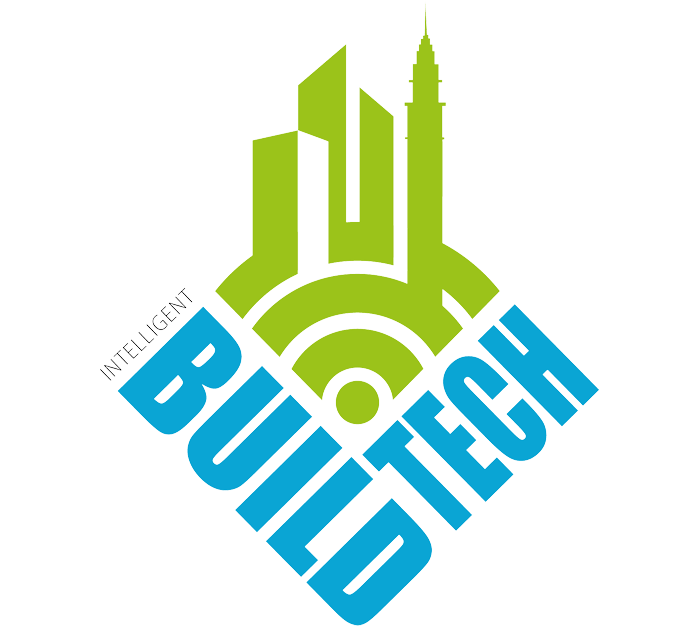We often hear from large companies and office workers about the benefits of new tech, but what do bricklayers, electricians, and other hands-on professionals think? Is technology truly supporting them, or are they just sticking to their usual methods?
A 2017 study conducted by EY Sweeney and L.E.K., commissioned by hipages, sheds light on this issue. The research indicates that tradespeople who embrace digital technologies are seeing significant business growth. It appears that both tradespeople and consumers are looking for smarter ways to communicate, sparking a digital revolution within the industry.
This shift is particularly evident in the ‘on-demand’ trade economy, which is poised to help around 250,000 Australian trade businesses grow by streamlining their daily administration tasks and securing more work. The trade sector, currently valued at AU$73 billion annually, is undergoing a transformation as technology becomes more integrated into daily operations.
The study reveals that nearly 70% of tradies believe that technological tools can help them save time on the job. These tools assist with scheduling, managing projects, and even reducing travel time between job sites—benefits that 60 percent of respondents recognized.
While some tradies may be slow to adopt new technologies, those who do are finding that it can significantly enhance their business efficiency and profitability. As the industry continues to evolve, the integration of digital solutions could become increasingly essential for trade professionals looking to stay competitive in a rapidly changing market.
I spoke with two tradespeople on the ground to get their thoughts on technology.

Joseph Patrick, Owner and CEO, Lamont Bros. Design and Construction
In the remodelling industry, the success of any building technology doesn’t just hinge on how innovative it is—it’s all about how well it’s implemented and how thoroughly the team is trained. You can have the best technology in the world, but if it’s not installed right or if the crew isn’t up to speed, you’re setting yourself up for failure.
The industry learned a tough lesson about this back in the early 2000s with building envelopes. Everyone was pushing to make homes airtight to boost energy efficiency, but the waterproofing side of things didn’t keep up. The result? Water got trapped inside walls, causing rot, mould and serious structural damage. The problem wasn’t that the idea of airtight homes was bad; it was that the methods were hard to pull off correctly, and many crews weren’t trained well enough to do it right. Even small mistakes led to big problems.
On the flip side, I’ve seen the benefits of getting it right with modern tile waterproofing systems. We were among the early adopters of these systems, and they’ve been a game-changer for our clients. These systems are more durable and effective than what was common before, and that’s not just because the technology is better—it’s because we made sure our team was trained to install it properly. Where older methods often failed due to bad installation, our early move to these new systems has meant happier clients and fewer headaches down the road.
This whole experience drives home the point that we’ve got to keep evaluating and improving how we do things. Building technologies are always evolving, and staying up to date is crucial. That’s why we work closely with manufacturers and their reps to ensure our team knows the latest techniques and can apply them correctly. It helps us avoid the mistakes of the past and makes sure our projects hold up over time.
In the end, getting the most out of new building technologies comes down to making sure they’re implemented properly and that everyone involved is well-trained. The lessons we learned from past failures, like those in the early 2000s, remind us why this is so important. By focusing on these key areas, we can make sure new technologies really do benefit our clients, leading to homes that last longer and provide a better living experience.

Ryan Gregor, Owner and Head Electrician at RCG Electrical
With over a decade of experience in the trenches, here are my thoughts on the building technology shift.
The construction industry is in the midst of a digital transformation, and electricians are the goddamn backbone.
Smart homes, energy efficiency and automation aren’t just buzzwords. They’re real-world challenges that require real-world solutions. And guess who’s on the front lines? Electricians. We’re not just pulling wires anymore. We’re designing, installing and troubleshooting complex electrical systems that power entire ecosystems.
The days of slapping up some outlets and calling it a day are over. Now, we’re dealing with IoT devices, advanced wiring, and energy management systems. It’s a steep learning curve, no doubt, but that’s what separates the good from the great. We’re not just keeping up, we’re setting the pace.
Look, I get it. Old habits die hard. Some guys are stuck in the past, clinging to their screwdrivers like a security blanket. But the reality is, technology isn’t taking jobs; it’s creating new opportunities. Electricians who embrace this shift are going to dominate the market.
So, here’s the deal. Step up your game. Learn the new tech. Become an expert. Because the future of construction belongs to those who can adapt.
It’s not just about us electricians, though. The whole construction industry is feeling the heat. Bricklayers, plumbers and carpenters are all grappling with new tools and techniques. Drones for site surveys, 3D printing for building components and Augmented Reality for design visualisation – it’s a whole new ball game.
Technology is just a tool. It’s how we use it that matters. We need to combine traditional craftsmanship with digital innovation. That’s the sweet spot.
So, let’s stop whining about the challenges and start seizing the opportunities. The construction industry is changing, and those who adapt will thrive.




